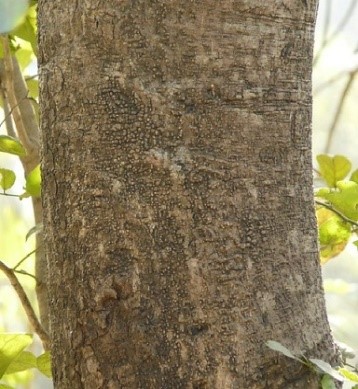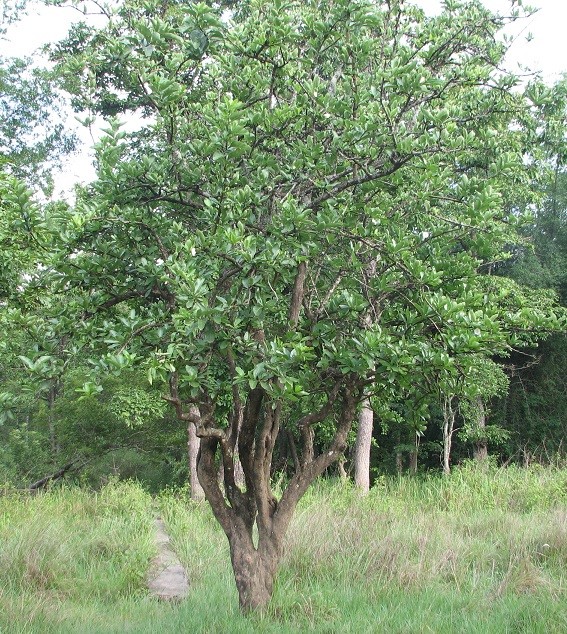Trees
Crataeva religiosa Linn.
Crataeva religiosa Linn.
Description :
A
medium sized deciduous tree. Leaves may be trifoliate, ovate, obovate or
lanceolate. They are acuminate and the base is attenuated to lateral oblique,
entire, glabrous, and pale underneath. The bark is grey and nearly smooth. Flowers
are 7 to 10 cm across, white, pale-yellow or reddish yellow in many flowered,
lax corymbs. The 4 petals are long-clawed and ovate and occur between May and
June. The berries are 2.5 to 3 cm in diameter and globose with many seeds
embedded in the yellow pulp. The fruits mature between August and September. It
has no known insects or disease problems of significant importance. It can be
reproduced from seed or suckers. It is a fast-growing tree going up to 30 cm/yr
in height. This tree regenerates profusely from root suckers and is planted for
its handsome aromatic flowers.
Distribution :
:
This tree is native to the sub-Himalayan tract from the Ravi River eastward. It
appears to be wild on the plains but is probably self-sown from cultivated
trees. It is often planted in graveyards for shade. An intolerant tree that
grows well in arid areas on sandy loam, saline or even calcareous soils. It
requires a precipitation zone of 500 to 800 mm/yr. It prefers a semi-arid, hot
sub-tropical climate with a temperature range of 5 to 40°C.
Uses :
Used for afforestation, ornamental, and apiculture purposes



